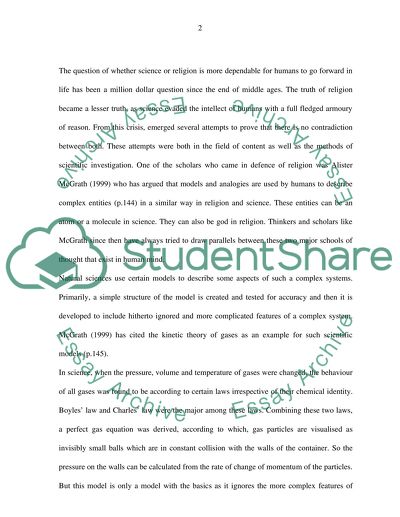Cite this document
(Analogy between Science and Religion Assignment, n.d.)
Analogy between Science and Religion Assignment. Retrieved from https://studentshare.org/religion-and-theology/1548857-soc-318-project-t2
Analogy between Science and Religion Assignment. Retrieved from https://studentshare.org/religion-and-theology/1548857-soc-318-project-t2
(Analogy Between Science and Religion Assignment)
Analogy Between Science and Religion Assignment. https://studentshare.org/religion-and-theology/1548857-soc-318-project-t2.
Analogy Between Science and Religion Assignment. https://studentshare.org/religion-and-theology/1548857-soc-318-project-t2.
“Analogy Between Science and Religion Assignment”, n.d. https://studentshare.org/religion-and-theology/1548857-soc-318-project-t2.


